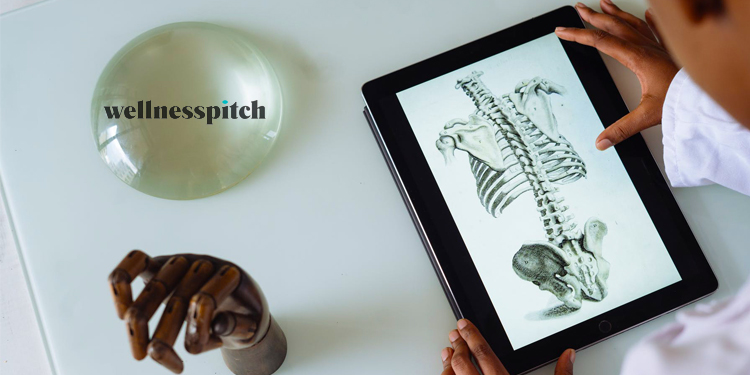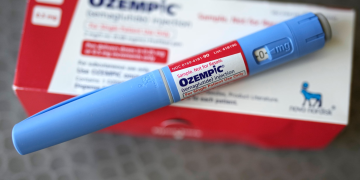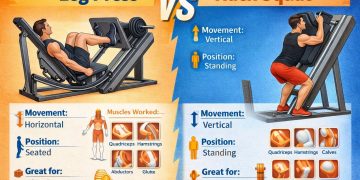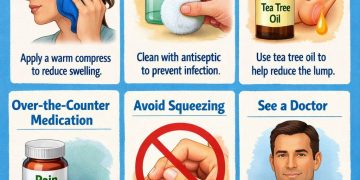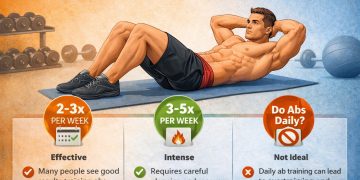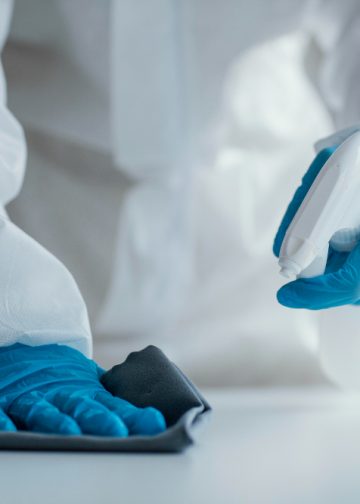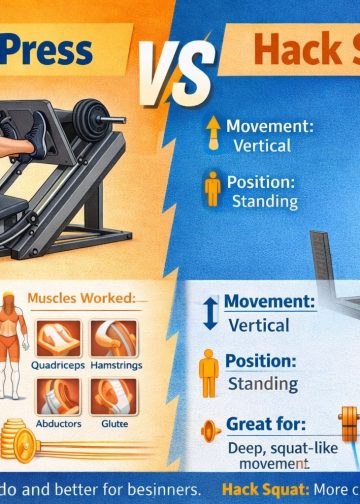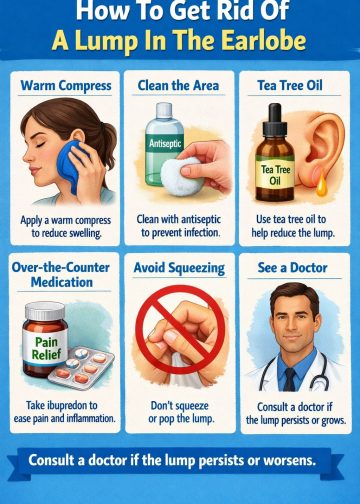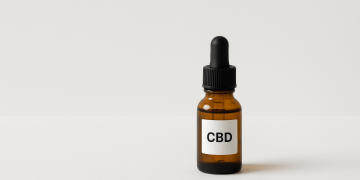Many people find out about osteoporosis when it already too late. It is a major disease, especially in the United States.
It is reported that almost 1.2 million fractures in the US are caused by osteoporosis
With little research and advice from the doctor, you can prevent and treat this disease.
What is Osteoporosis?
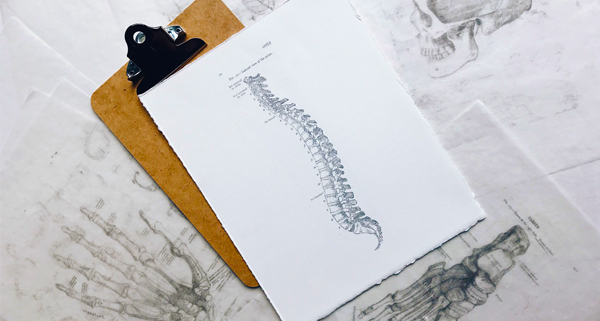
Osteoporosis is a bone disease. In this late age disease, the bone mass is reduced and bone’s microstructure is collapsed.
This damage is so adverse that a minor trauma, like falling from standing height results in a fracture.
It is prevalent in elderly women mainly because they lose major bone mass (cortical and cancellous) during their lifetime.
This disease can be classified as primary and secondary. Primary Osteoporosis is linked with age and decline in certain hormones in the body. Secondary osteoporosis is mainly due to medical conditions or certain medicines that could weaken the bones.
In general, it is primary osteoporosis that is more problematic and frequent.
There are two types of Primary Osteoporosis
- Type I Osteoporosis (Postmenopausal Osteoporosis) Occurs in women after menopause mainly due to a decrease in estrogen level. The decrease in trabecular bones and an increase in bone resorption. Mainly starts in a woman aged 50-70 unless treated. It could lead to spinal and wrist fractures. Female:Male ratio of this type is 10:1
- Type II Osteoporosis (Senile Osteoporosis) This occurs in men and women aged more than 70 but is more prevalent in women. It leads to trabecular bone thinning and can cause hip fractures. Female:Male ratio of this type is 2:1
What causes Osteoporosis?
Bones are continuously breaking down to replace old ones. If there are not enough nutrients in the diet for bone formation than chances of Osteoporosis increase.
In healthy bones, the trabecular bone (spongy bone) have small pores in it. It is protected by cortical bone which wraps around it.
When this disease occurs these pores become larger making the bones hollow. This hollowness is the reason for instant fracture even with minor fall.
The loss of estrogen and androgen secretion seems to be the major culprit for osteoporosis. Peak bone mass is achieved at age 30-35 after there is a decrease in bone mass which becomes rapid after menopause.
Women who enter menopause with large bone mass are at a lower risk. The amount of low calcium and vitamin D in diet during early development is a major risk factor.
Ethnicity, body weight, family history, medical conditions could also trigger osteoporosis.
Symptoms of Osteoporosis:
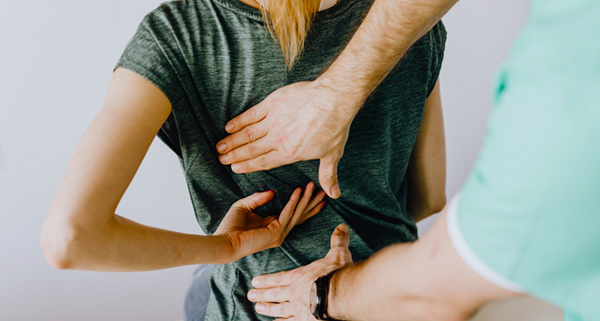
There are no major symptoms that could point out that one is suffering from this disease. Many people realize they suffer from it when they break a bone from minor trauma.
However, the following signs could point to osteoporosis
- Collapsed or fractured vertebrae
- Bend/Stooped Posture
- Loss of height
- Back Pain
- Easy bone fractures
How to prevent Osteoporosis?
There are a number of ways by which you can prevent osteoporosis and improve your bone health. It is good to start prevention at childhood but it should continue throughout life.
Certain factors can help prevent osteoporosis.
- Getting adequate calcium and vitamin D in the diet.
- Regular exercising.
- Eat food that is good for bone health, like fruits and vegetables.
- Avoid smoking.
- Limit alcohol intake (2-3 drinks per day).
- Menopause women can go for hormone replacement therapy after discussing with their doctor.
If you are already suffering bone loss, discuss with the doctor to prescribe drugs that will slow down bone loss and help in new bone formation.
Diet in Osteoporosis

Your diet could play a major role in preventing or controlling osteoporosis.
Keeping a steady amount of calcium and vitamin D can lower the chances of any bone disease.
Calcium Sources:
There are many good sources of calcium
- Milk
- Cheese
- Yogurt
- Green Leafy Vegetables
- Fish (e.g Sardines)
- Fortified Foods and Juices
Vitamin D sources:
Sun is a good source of Vitamin D but there are also some food sources rich in vitamin D
- Cod Liver Oil
- Oily Fish
- Eggs
- Mushrooms
- Fortified Juices and Cereals
Calcium and Vitamin D recommendations for Osteoporosis
Calcium and Vitamin D are two nutrients whose coordination will keep your bones healthy.
Bones need calcium for their reformation, repairing, and maintenance. While Vitamin D is the nutrient that bones need to absorb this calcium.
National Institutes of Health, had major conference on osteoporosis in 1994 to discuss importance of calcium. Here is the chart for calcium recommendation.
| Age/Sex | Calcium in mg |
| Infants 0 – 1 year old | 400 – 600 |
| 1 – 10 years old | 800 – 1200 |
| 11 – 24 years old | 1200 – 1500 |
| Women, 25 – 50 | 1000 |
| Women, 50 – 65 | 1500 |
| Men, 25 – 65 | 1000 |
| Men and Women over 65 | 1500 |
| Pregnant and Lactating Women | 1200– 1500 |
The Vitamin D Recommended Daily Allowance was given by the Food and Nutrition Board (FNB) as follow:
| Age/Sex | Vitamin D in IU | Vitamin D in mcg |
| 0 – 12 months old | 400 | 10 |
| 1 – 70 years old | 600 | 15 |
| Pregnant and Lactating Women, 14 – 50 years old | 600 | 15 |
| 70+ years old | 800 | 20 |
Conclusion
Osteoporos cases are continuing to rise. It is necessary to keep your self aware of the basics.
There are certain treatments available but always ask your doctor first.


